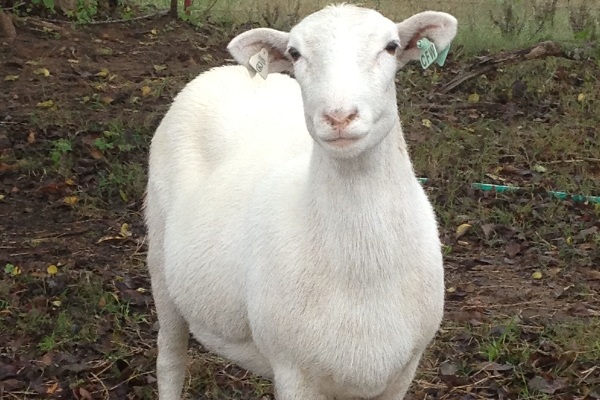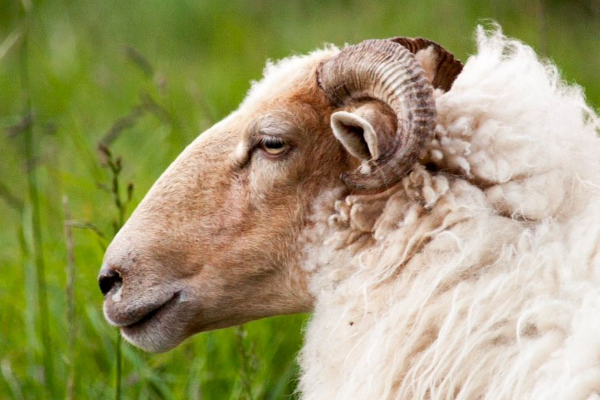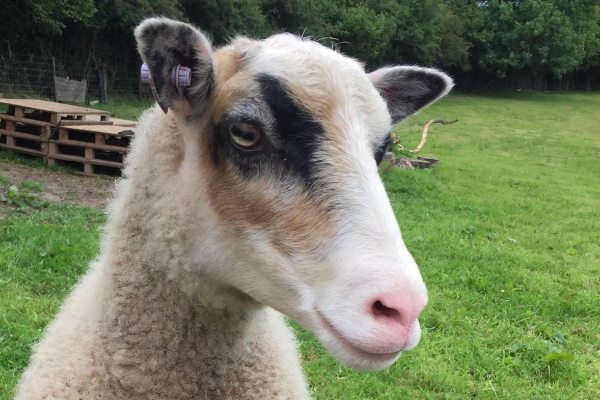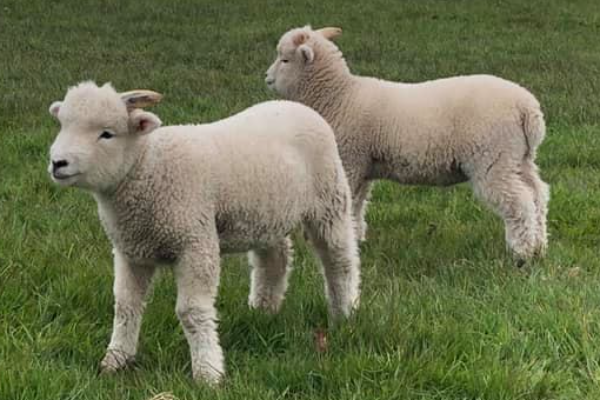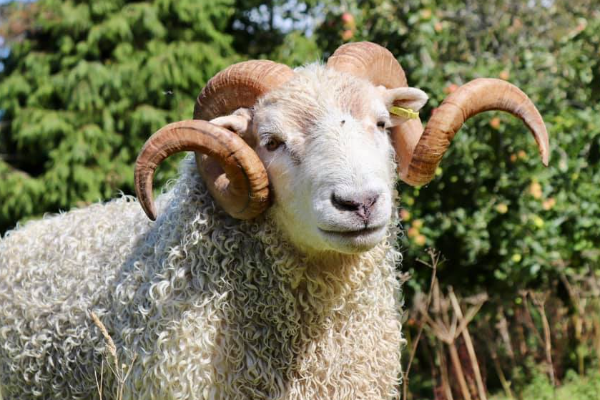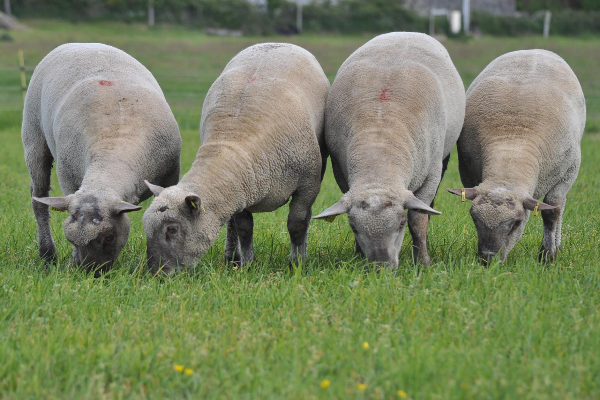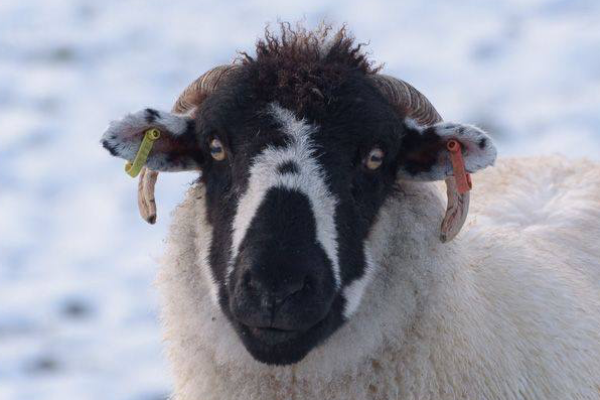Katahdin Sheep
What is the history of Katahdin Sheep?
Katahdin sheep breed, Wiltshire Horn, Suffolk and St. Croix was born from crossing sheep breeds. The Katahdin sheep breed was developed in Maine and gets its name from the mountain in Maine, where Michael Piel created the breed, the highest peak in the state.The katahdin bristle sheep was the primary breed in North America that reached the standards of the sheep industry in terms of carcass quality.
It is easy to maintain and farmers appreciate the low maintenance nature of this popular meat breed. Katahdines have had a major impact in the southeastern part of the USA, where sheep farming is not common. Features that make katahdin popular in these regions are their enhanced parasite resistance, shedding, and ability to breed in hot, humid areas of the Southeast.
Katahdins are also popular on farms with smaller areas throughout the Eastern USA and the Pacific Northwest. In the Rocky Mountain region, Katahdins are grown by producers who have less access to cutters.
What are the characteristics of Katahdin Sheep?
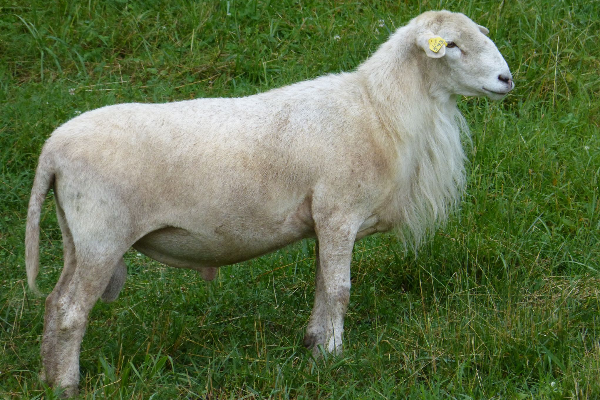
- The Katahdin sheep breed, like many bristle sheep, is highly adaptable to a variety of climates and conditions.
- In cold weather, they take off a very thick winter jacket that sheds later in the warm season.
- Their smooth hair and other adaptable properties allow them to tolerate heat and moisture well.
- A unique fact about Katahdin sheep is that the breed is naturally capable of resisting internal parasites.
- Katahdines are durable, adaptable, low maintenance sheep that produce superior lamb crops and lean, meaty carcasses.
- They do not produce fleece and therefore do not need to be cut.
- They are medium sized and efficient, trained for service and production in a variety of management systems.
- Sheep and rams show early puberty and generally have a long productive life.
- Mature sheep usually have twins and sometimes produce triplets or quadruplets.
- A well managed and selected flock should yield a 200% lamb yield.
- Capricorns are aggressive breeders, generally productive throughout the year, and can place large numbers of sheep during the first exposure cycle.
- By choice, a flock can lamb continuously throughout the year.
- Sheep have outstanding maternal abilities, are often unaided lambs, and there is plenty of milk for lambs.
- It is rare for lambs to be rejected; Lambs are born vigorous and alert.
- Ideal for breed, pasture lamb and weed / forage based management systems.
- The length and texture of Katahdin's hair coat varies between individuals and can be any color or combination of colors.
- It usually consists of a lining of coarse outer hair fibers and fine wool fibers that become very thick and elongated when cold weather hardens and the day length decreases.
- This undercoat and some hair naturally fall out as the temperature and day length increase seasonally, leaving a shorter, smoother summer coat.
What is the weight of a mature Katahdin sheep?
The weight of katahdin sheep is 55 to 70 kg and the weight of ram is 80 to 115 kg.
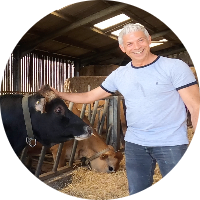
Written by
H Cetin KATIRCI
Online ShepherdBreedsMore
IllnessesMore
Forage cropsMore
![]() Патологическая физиология голодания Arina TARAN
Патологическая физиология голодания Arina TARAN![]() Дефицит фосфора (гипофосфатемия) Hipofosfatemi Arina TARAN
Дефицит фосфора (гипофосфатемия) Hipofosfatemi Arina TARAN![]() Какие бывают кормораздатчики для ферм КРС? Irina Makarova
Какие бывают кормораздатчики для ферм КРС? Irina Makarova![]() Кормушки для овец Diana Myakisheva
Кормушки для овец Diana Myakisheva![]() Питание домашних коз: что едят, виды корма и правила кормления Alina Arslantürk
Питание домашних коз: что едят, виды корма и правила кормления Alina Arslantürk![]() Важность минералов питании сельскохозяйственных животных Irina Makarova
Важность минералов питании сельскохозяйственных животных Irina Makarova

